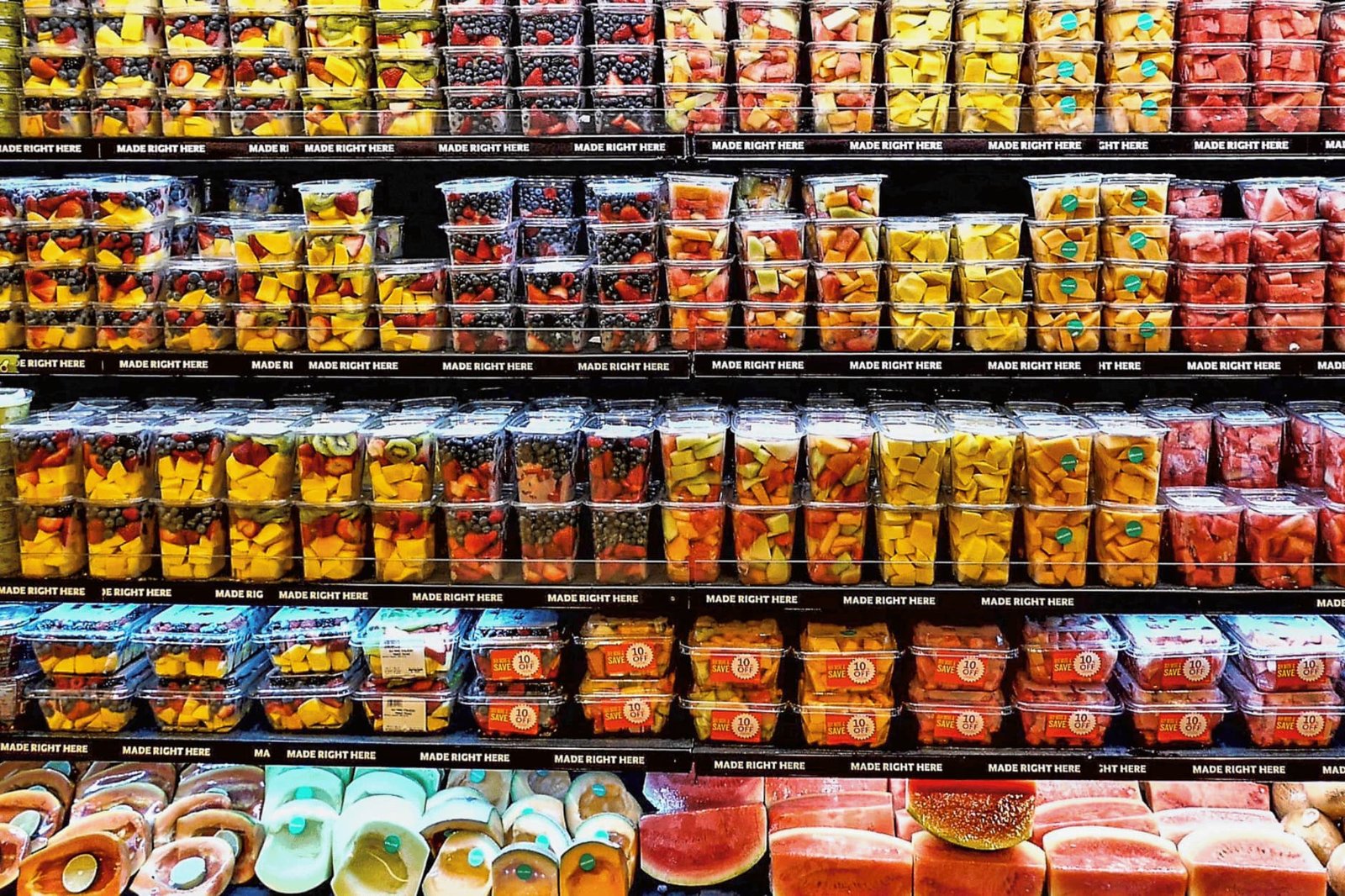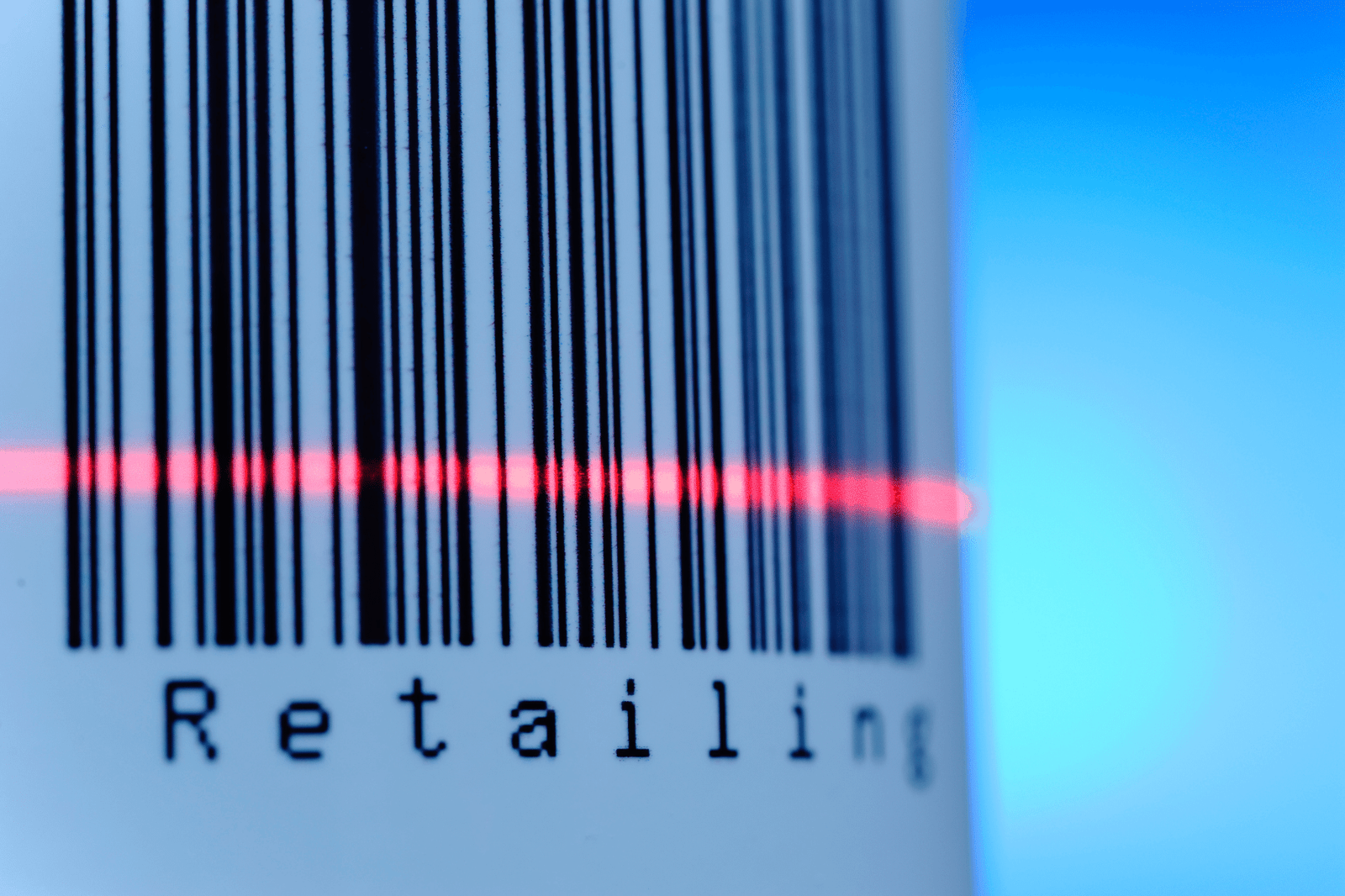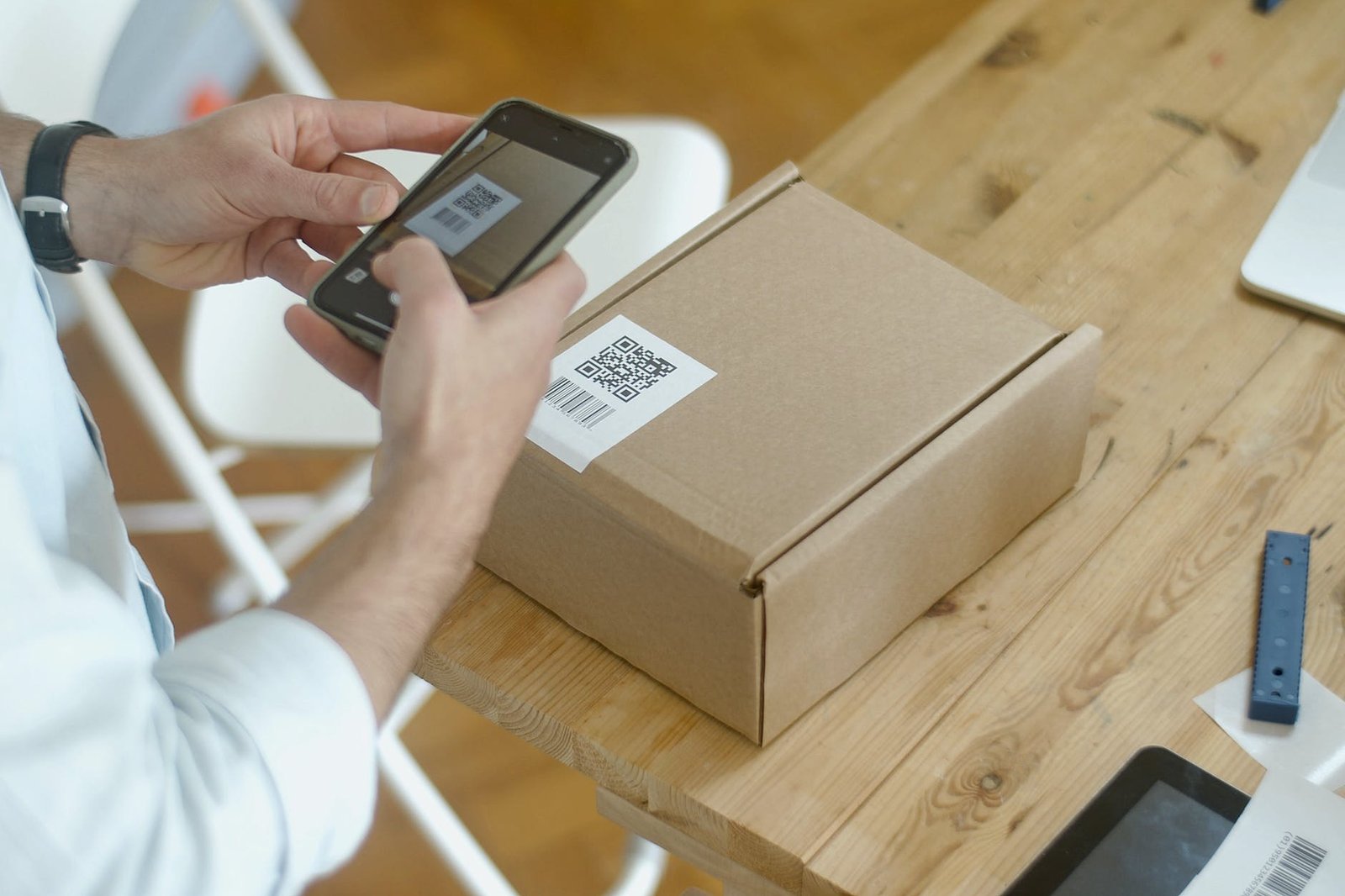Inefficient processes can slow down a retail store, leading to unhappy customers and a reduced customer experience. Retail tech streamlines operations and reduces human error, improving customer experience. Here are some ways that technology can benefit your retail store.

Ecommerce software
You can use eCommerce software to run your business online. Ecommerce consists of buying and selling online. It is easy to install software on your website that helps you manage your products, orders, and payments. Various eCommerce software is available in the market, such as Shopify and Magento. Ecommerce software can be either on a local computer or in the cloud. The latter requires an internet connection and requires IT personnel for proper installation and management. You need to identify key features in order to choose the right one for your store. You can also choose between an off-the-shelf solution or custom omnichannel retail software.
In addition to eCommerce software, you can also use email marketing software to send targeted emails to your customers. This kind of software will help you stay in touch with your customers and grow your business. Another important part of eCommerce software is customer relationship management (CRM) programs. These programs track customer contact information, purchase preferences, and sales history. You can use this information to identify new customers and tailor your marketing campaigns to them. You can even use CRM software like Salesforce to automatically customize emails based on your customer’s past purchases.
Marketing software
Investing in the right software and technology for your retail store, is essential to maintaining a high-quality customer experience. While many software solutions are built with basic features, more advanced versions offer more advanced capabilities to meet your unique business needs. In-store CRM software helps retailers manage customer interactions by tracking information such as contact information, purchase preferences, and sales history. This allows retailers to target marketing campaigns based on customer preferences and identify new customers. Salesforce, for example, allows retailers to automatically tailor emails to customers based on their purchase history.

New innovations are constantly coming to the retail business. While traditional retail software is not a replacement for human interaction, it does make the experience more convenient for customers. In fact, the smart autonomous shopping carts at 7Fresh supermarket in China can handle payments and tell customers about a product’s story when they pick it up. Those innovations are just the beginning. By embracing new technology, retailers can improve their overall experience and boost customer loyalty.
POS software
POS software and technology for your retail store should integrate with other systems. It should also be flexible enough to adapt to different business dynamics. Ideally, a POS system should allow you to manage multiple sites and not require extensive training for staff. A good POS system will provide real-time information about business operations and enable you to review historical data. To improve customer satisfaction, consider an all-in-one system that is compatible with multiple systems.
Multifaceted stores like electronic stores and hardware stores require specialized POS software for their specific needs. They handle a variety of customer functions, including purchase and service orders, and may have a rental program. Outdoor environments may require rugged hardware. A wireless device, battery-powered device, and all-in-one device are common in these types of stores. In addition to the usual hardware features, most POS systems are compatible with multiple payment methods.
Migrating to the cloud
While cloud technology has many advantages, it also poses some unique challenges for retail stores. In addition to identifying the right applications and channels, incumbent retail brands need to strike a balance between today’s needs and the future. Here are three steps to consider as you migrate to the cloud. Start with a strategy: Decide which workflows will drive the most value for your company. Next, identify which cloud capabilities and services will help you do this.

Once you’ve made the decision to migrate, you should choose a cloud environment. You can choose from public cloud, private cloud, hybrid cloud, and multi-cloud. Select the model that best suits your business needs. You’ll need a detailed plan to migrate smoothly to the cloud, so make sure to document your plans to prevent surprises. Also, consider your business’ security concerns. Having a backup solution in case of a disaster is critical.
Automating inventory
One of the most important processes in a retail store is stock take. Stock takes are usually done manually, but automated software can automate the process. For example, a South African brand uses software to automatically record stock count data when stock takes are done. Barcode scanning, for instance, can send stock count data to a point of sale system. In addition, inventory software can help you manage your inventory by automating the tasks that are most time-consuming, like recording stock counts.

Today’s retail industry is changing. No longer is spreadsheets used to keep track of inventory. In fact, most traditional POS systems don’t refresh inventory or calculate sales until the end of the day. Customers expect real-time inventory, and staff in store and online need instant information about product availability. Automating inventory management bridges the gap between the different sources of inventory data. By automating inventory processes, companies can cut labor costs by up to 80%.
























